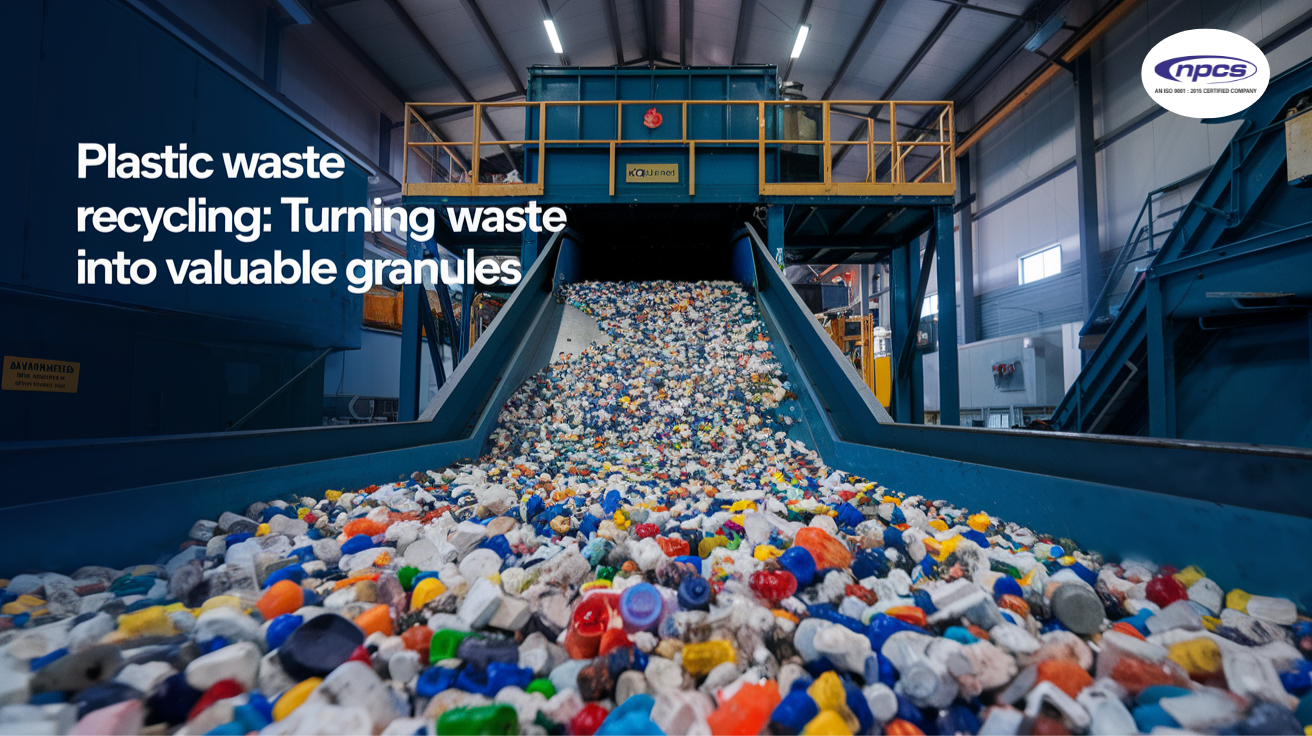Whether one is a manufacturer, a business owner, or simply an average consumer, understanding green manufacturing will be a merit. It aids in making well-informed decisions for ensuring the products or businesses that one supports comply with sustainable product standards and environmental standards. The following section will take you through vital certifications, their importance, and their place in sustainable manufacturing.
Process of Obtaining Green Manufacturing Certification
Step 1: Environmental Audit
Businesses should do an environmental audit before moving for certification so that they can check the current sustainability practices. Some important points to consider in the audit are:
- Evaluation of energy and water consumption.
- Compilation of waste management and recycling activities.
- Assessment of carbon emissions and environmental impact.
Step 2: Right Certification
The right certificate is for your needs and type of industry. For example:
- Assessment of ISO 14001 works for producer companies wanting to develop their environmental management system.
- LEED Certification is used for establishing a building.
- Cradle to Cradle Certification targets companies designing sustainable products.
Step 3: Practice Sustainable Activities
- Companies must implement processes that are eco-friendly toward manufacturing, such as:
- Energy Efficiency—Use renewable energy sources.
Step 4: Documentation
- Organize the appropriate documentation to show compliance with environmental standards. Some may include:
- Reports on actual energy and water use.
- Waste disposal records.
- Calculation of the carbon footprints.
Step 5: Certification
A certification evaluates the documentation and confirms overall requirements. The company receives Green Manufacturing Certification if all requirements are satisfied.
Also Read: Sustainability Business Practices: Why Going Green is the Future
Requirements for Green Manufacturing Certification
Different certifications require different criteria, but some of the common criteria include:
1. Environment Management System (EMS):
A business shall establish an EMS that contains:
• Policies to reduce environmental impact.
• Procedures to monitor and improve sustainability practices.
• Regulated environmental laws and regulations.
2. Energy and Resource Efficiency
A company demonstrates that it:
• Uses energy-efficient equipment.
• Employs renewable energy solutions (solar, wind, biomass).
• Reduces water and raw material consumption.
3. Waste Reduction and Recycling
Manufacturers are to implement waste management practices covering:
• Recycling production waste.
• Reuse of material where possible.
• Disposal of hazardous substances.
4. Sustainable Product Design
Products should be designed to interact minimally with the environment, with eco-friendly materials and recyclability in mind.
5. Employee Training and Awareness
Companies should train employees with education on sustainability best practices, encouraging them to adopt environmentally conscious behavior at work.
Green Manufacturing Certification and Its Benefits to the Business
- Saving Cost
The greatest portion of sustainability goes into reducing the:
- Utility bills for energy and water.
- Wasted materials.
- Improved operation efficiency.
- Enhances Value Brand Reputation
A green certification is a booster for the positive image of the brand, showing commitment to the environment. It works to lure the eco-minded consumers and business partners.
- Competitive Advantage
Here, again, with sustainability being increasingly important for investors and customers, an edge is often given to such companies.
- Compliance with Regulations and Risk Management
All of these reduce environmental standards, which means a lower risk of the penalty by law for violating and increased compliance with government regulations.
- Building Customer Loyalty
These consumers will be much more likely to trust certified companies, resulting in lasting customer relationships with such environmentally sustainable companies.
Business Benefits of Green Manufacturing Certification
1. Cost Savings
Sustainable measures save costs considerably by way of
• Reducing electricity and water bills;
• Diminishing material wastage; and
• Improving efficiency of operation.
2. Boosting Brand Image
A green certification enhances the brand name image of the company and demonstrates to the world a vested interest in environmental responsibilities. Environmentally conscious consumers and business partners will be drawn to your company.
3. Competitive Advantage
Sustainability is becoming more important to stakeholders and customers. Green-certified companies tend to have competitive advantages within their industries.
4. Complying with Environmental Standards and Risk Management
Compliance with environmental regulations diminishes the risk of legal penalties, as companies work to comply with government regulations.
5. Customer Loyalty
Reasonable consumers would love to support companies that commit themselves to sustainability. Certification wins credibility for companies and develops a long-term customer relationship.
Future Growth Trends in Green Manufacturing
1. Circular Economy Practices
More and more companies are accepting circular economy principles, which design products for reuse or recyclability, with the aim of waste minimization.
2. Sustainable Operations through AI and IoT
Smart manufacturing technologies, AI, and IoT are used to optimize energy management and enhance production efficiency.
3. Greater Strain of Environmental Legislation
Governments are enforcing sustainability legislation around the world, which only enhances the worth of certification to these corporations.
4. Consumer Demand for Sustainable Goods Will Increase
Eco-conscious consumers will demand sustainable and ethically made goods. Green certification is a strong marketing point.
5. Green Supply Chain Management
Companies are looking into responsible sourcing and ensuring their suppliers also adopt green practices.
Concluding Thought
Overall, Green Manufacturing Certification is a treasure for a firm establishing itself towards sustainable operations, savings, and marketing. With a set checklist in hand for obtaining a Green Manufacturing Certification and a commitment to the principles of sustainability, manufacturers can regard themselves as champions of environmental responsibility.
A Green Manufacturing Certification is, without doubt, a prudent investment in the company’s present and future for any start-up, as well as an existing manufacturer. Start the journey now and help build a greener and more sustainable earth!






